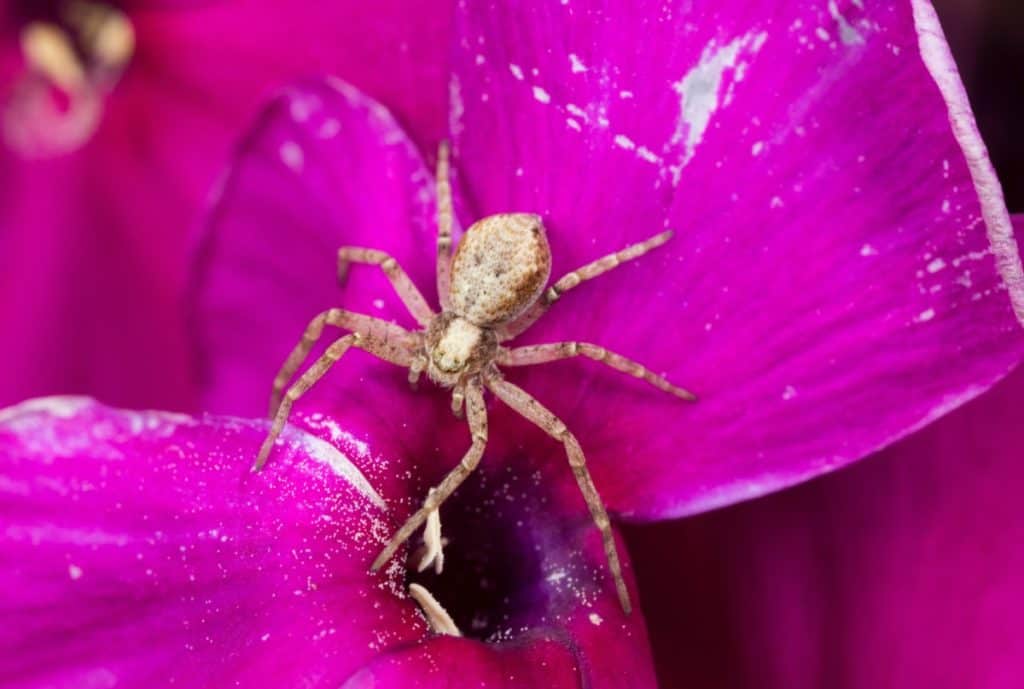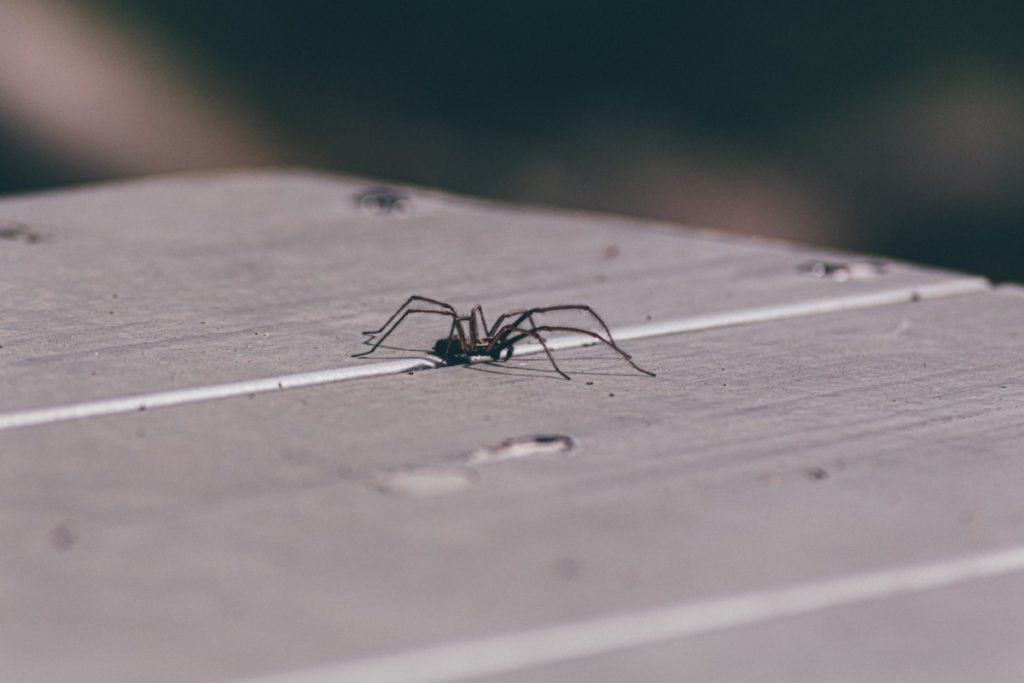
If you are interested in finding out whether spiders can be categorized as producers, consumers, or decomposers then you’ve come to the right article.
As, in this article, you’ll find the exact answer to this question and I’ll also cover the answers to a few more closely related questions to extend your knowledge even more.
I hope you learn a lot from the provided information.
Is a spider a producer, a consumer, or a decomposer?
A food chain refers to a feeding hierarchy in which organisms in the echo system are grouped in succession to represent the flow of energy and feeding relationships.
Energy flows in the food chain through feeding, which is then represented through sequential stages or trophic levels.
Each trophic level in a food chain represents a group of organisms with a similar feeding mode.
Living things can be classified into three trophic levels; producers, consumers, and decomposers.
Producers like algae, bacteria, and, above all, plants make their energy by absorbing sunlight and simple organic compounds such as water and carbon dioxide to make organic compounds with energy.
Consumers like humans depend on plants and other organisms to obtain their energy.
And on the other hand, decomposers break down dead organic matter to obtain energy.
In this case, since spiders feed on other organisms to obtain energy, they can be classified as consumers, not producers or decomposers.
Check out the video below which will show that spiders are indeed consumers.
Is a spider a primary consumer?
Generally, primary consumers are organisms that obtain food by feeding on other organisms or organic matter.
This is because they cannot manufacture their food just like the producers.
These consumers can further be grouped into primary, secondary, tertiary, and quaternary consumers.
Typically, primary consumers are the link between producers and the high levels of an ecosystem.
They are herbivores that exclusively feed on producers, for example, cows and sheep, to obtain energy.
Since the spiders are not herbivores, they don’t fall into this category of primary consumers.
Is a spider a secondary consumer?
Secondary consumers are heterotrophs who feed on primary consumers or herbivores (that eat plants and animal materials to obtain energy).
These organisms rely on predation, parasitism, and hunting to get their food.
They are primarily carnivores and omnivores that feed primarily on primary consumers or that feed on both primary consumers and primary producers.
Therefore, since spiders feed on primary consumers, they fall into the category of secondary consumers.

Is a spider a tertiary consumer?
A lot of tertiary consumers barely have any enemies.
They are typically at the top of the food chain and can feed on primary producers, primary consumers, and secondary consumers.
They can either be fully omnivorous or fully carnivorous.
Some examples of tertiary consumers include seals, jellyfish, dolphins, and whales.
The most critical role of these tertiary consumers in the food chain is that they control the populations of food chains or alter the behaviors of animals in the lower trophic levels.
For instance, when there aren’t many tertiary consumers around then there is a relief in predation or grazing pressure on the trophic levels below them.
There are, however, also animals that prey on tertiary consumers from time to time which are called quaternary consumers.
Examples of animals that are seen as quaternary consumers are lions, hyenas, bears, and humans.
Since the spider cannot feed on both primary and secondary consumers, it cannot be grouped into this category of tertiary consumers.
Hence, spiders are not tertiary consumers.
Is a water spider a producer, a consumer, or a decomposer?
Just like other types of spiders, water spiders are obligate predators.
To stay alive, they must prey on various organisms, including other spiders, small fish, frogs, insects, and tadpoles.
Since consumers are made up of organisms that feed on other living things or producers to obtain energy, the water spider falls under the consumer category, so it is not a producer or decomposer.
Is a tarantula a producer, a consumer, or a decomposer?
A tarantula is a group of large hairy spiders of the family Theraphosidae.
This group of spiders is exclusively carnivorous that expertly hunts by trapping flies and insects such as grasshoppers, beetles, small lizards, and other spiders in their webs or by hunting them down.
Adult tarantulas can usually measure up to 5 inches in length, which can give them an advantage when hunting bigger animals such as bats and even pinky mice.
Based on their exclusive carnivorous nature of feeding only on living things to obtain energy, the tarantula spiders can be grouped under the category of consumers and not under the categories of producers or decomposers.
Are spiders herbivores, carnivores or omnivores?
Almost all the known spider species are predators who mainly prey on many of the insects that infest our homes, including cockroaches, moths, houseflies, and mosquitos.
Some of them with bigger body sizes also take on vertebrates such as fish, lizards, bats, and frogs.
Because they can’t eat their prey whole, they flood their foods with digestive enzymes and grind them with the bases of their pedipalps since they don’t have jaws.
In general, since most of them purely feed on insects and other small animals, spiders can be grouped under the carnivore category.

Can a spider be an omnivore?
Most types of spiders are carnivores who feed by either trapping insects on their webs or hunting them down.
However, there is enough evidence to prove that, especially in spring when insects are rare, some types of spiders, such as the Orb-weaving spiders and jumping spiders use their webs to ensnare or trap aerial plankton and adhered spores and pollen, which they feed on when recycling their webs.
This leads us to conclude that even though most species of spiders are considered pure carnivores, some of them can be seen as almost entirely omnivores since they not only feed on the plant-based matter but also supplement their diet with meat-based matter.
Check out the video below if you want to see an orb-weaving spider catch and consume its prey.
Are spiders only carnivores?
It’s key to note that most spiders, for instance, the fish spider, wolf spider, and wood spider are pure carnivores who hunt down insects and trap them in their webs.
However, some species, such as the orb-weaver spiders, Bagheera Kiplingi, and certain jumping spider species, are known to occasionally feed on sap or pollen and plant nectar which may make us group them to be omnivores.

